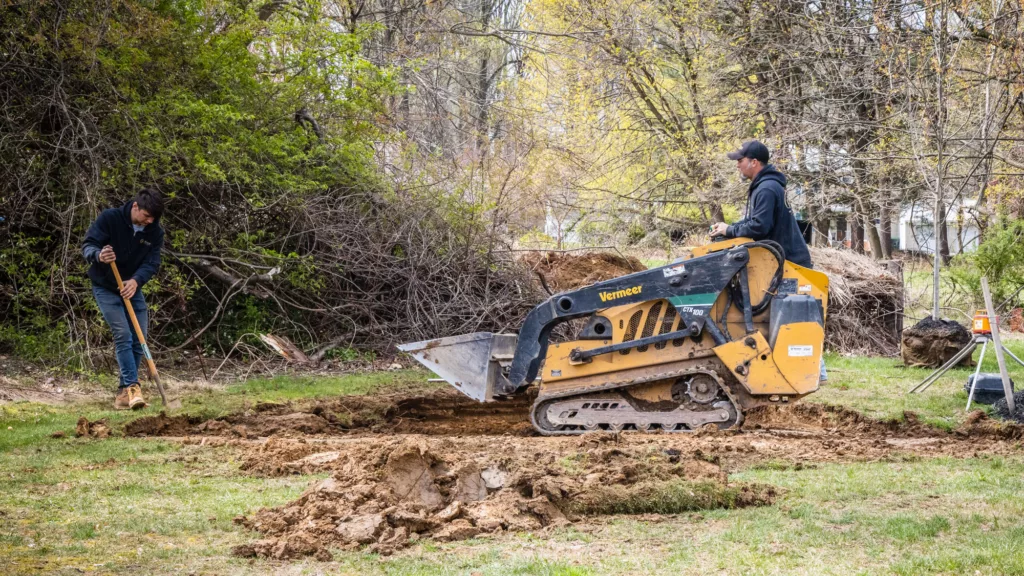The Ultimate Guide to Building A Garage Foundation

What is a Garage Foundation and Why Is It Necessary?
A garage foundation is an essential part of any building project and is necessary for the stability and longevity of the structure. The foundation provides a solid base for the walls, roof, and other components of the garage. It must be properly constructed to ensure that it can withstand weather conditions and provide adequate support for the structure.
A garage foundation typically consists of a concrete slab or a concrete garage floor, as well as a gravel or crushed stone base. Properly constructed foundations will also include drainage systems and may require additional reinforcement depending on the size and weight of the structure being built.
Step-by-Step Guide to Constructing Your Garage Foundation
Step 1: Excavation

Excavation is the process of digging and preparing the ground for the construction of a garage foundation. It involves removing existing soil, rocks, and other materials in order to make way for the garage foundation. This process requires specialized equipment such as bulldozers, excavators, backhoes, and dump trucks. The excavation process is essential in ensuring that the foundation is properly constructed and secure. It also helps to prevent any future damages from occurring due to uneven or unstable soil conditions. With proper excavation, businesses can ensure that their concrete garage foundations are built correctly and securely.
Step 2: Setting Rebar & Footings

Installing rebar and footings is an important step in building a strong foundation for your garage. Rebar, also known as reinforcing bar, is a steel bar used to strengthen concrete foundations and footings. It helps to distribute loads evenly and prevents cracking or shifting of the foundation due to external forces. Footings are the base of a structure that supports the weight of the structure above it. Installing rebar and footings correctly is essential for ensuring the stability and longevity of your garage foundation.
Step 3: Installing Polystyrene Blocks
Installing polystyrene blocks is a great way to strengthen the foundation of your garage. Polystyrene blocks are lightweight and easy to install and provide excellent insulation. They are also resistant to moisture, making them ideal for use in garages that are exposed to the elements. The installation process involves laying down a base layer of gravel or sand, followed by the polystyrene blocks, which should be placed in an alternating pattern. Once the blocks have been laid down, they should be firmly secured with concrete. With proper installation, polystyrene blocks can provide your garage with an effective and durable foundation for years to come.
Step 4: Pouring Concrete
Pouring concrete is one of the final steps in constructing a garage foundation. It is important to ensure that the mixture of concrete and other materials is properly prepared and applied in order to create a strong and durable concrete foundation. The process involves mixing the concrete, pouring it into the formwork, leveling it off, and then allowing it to cure before applying any additional finishing touches.
Step 5: Site Grading
The final step in constructing a garage foundation is site grading. Site grading is the process of preparing a site for construction by altering the land’s surface to ensure proper drainage and foundation stability. When it comes to garage foundations, site grading is essential to ensure that water does not pool around the foundation or seep into the garage walls.
Hire A Professional To Construct Your Garage Foundation
Although you just read an article on ‘how to construct a garage foundation,’ hiring a trained professional is always the best option. Contracting a foundation company in your area will save you time & also the risk of making an error during the construction.
